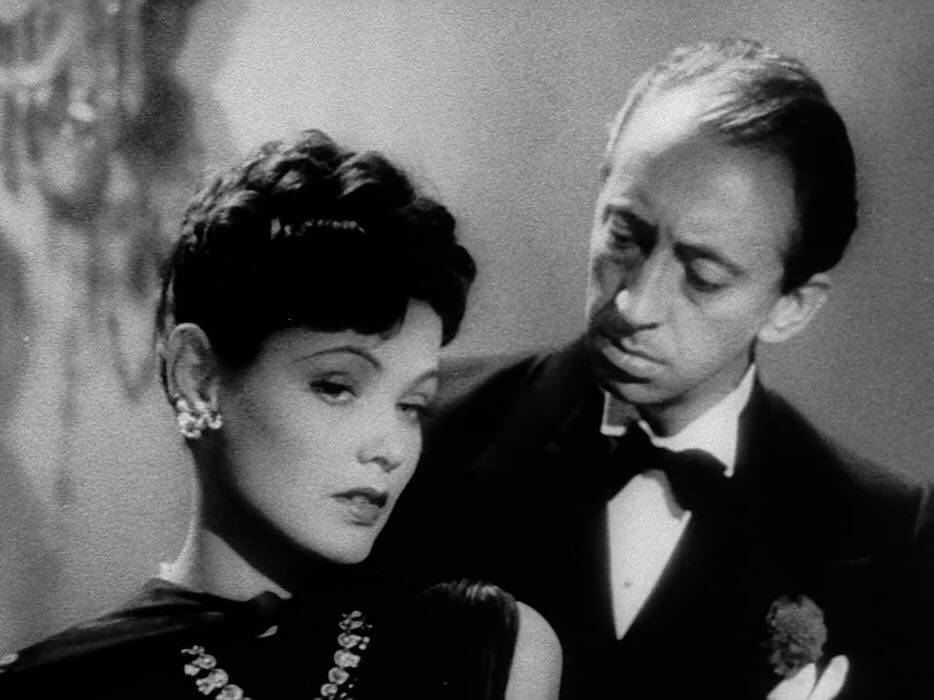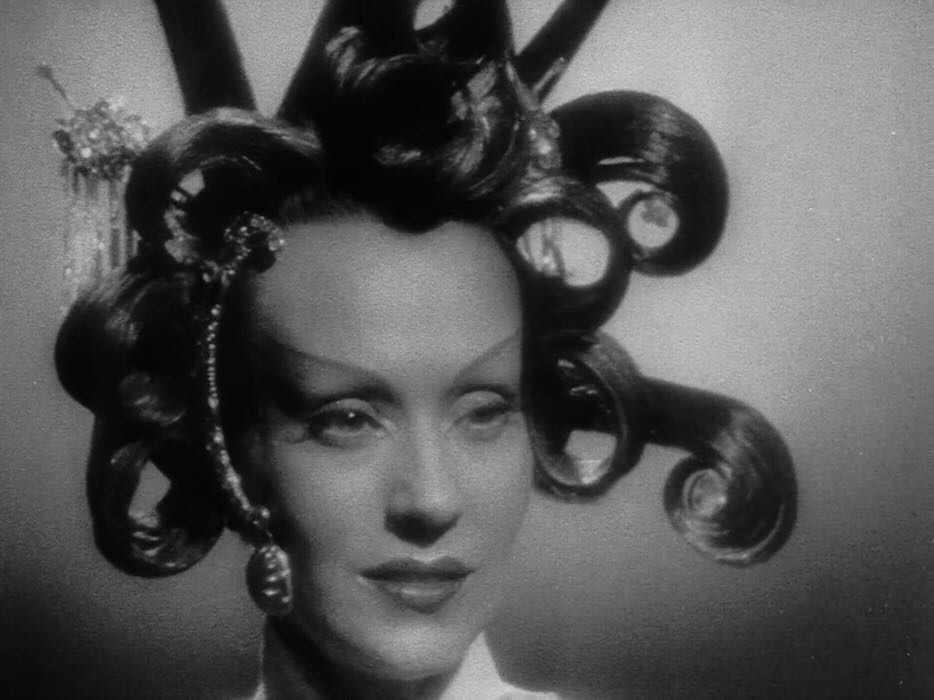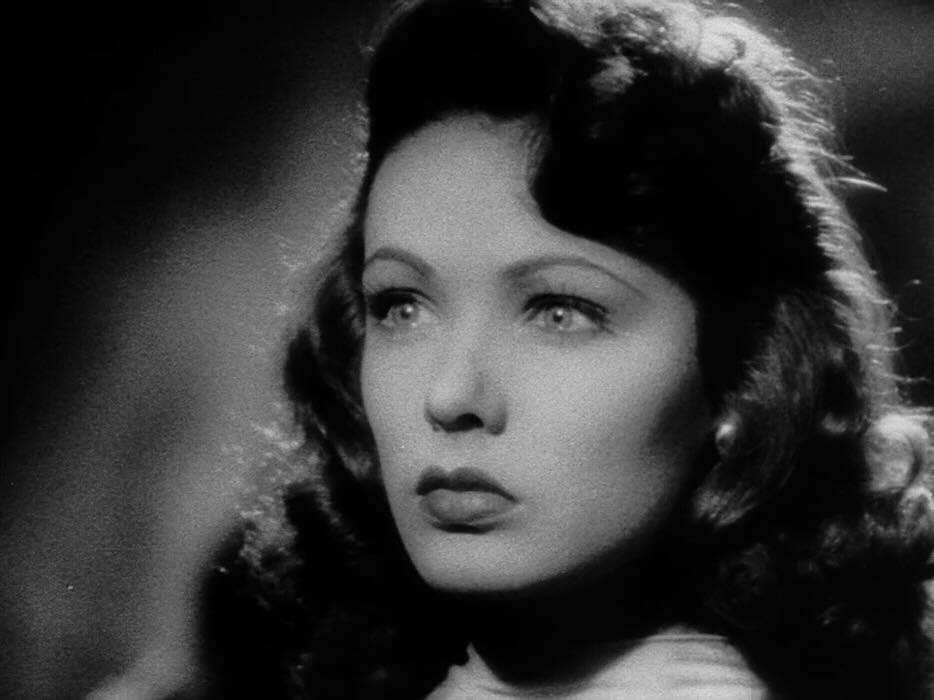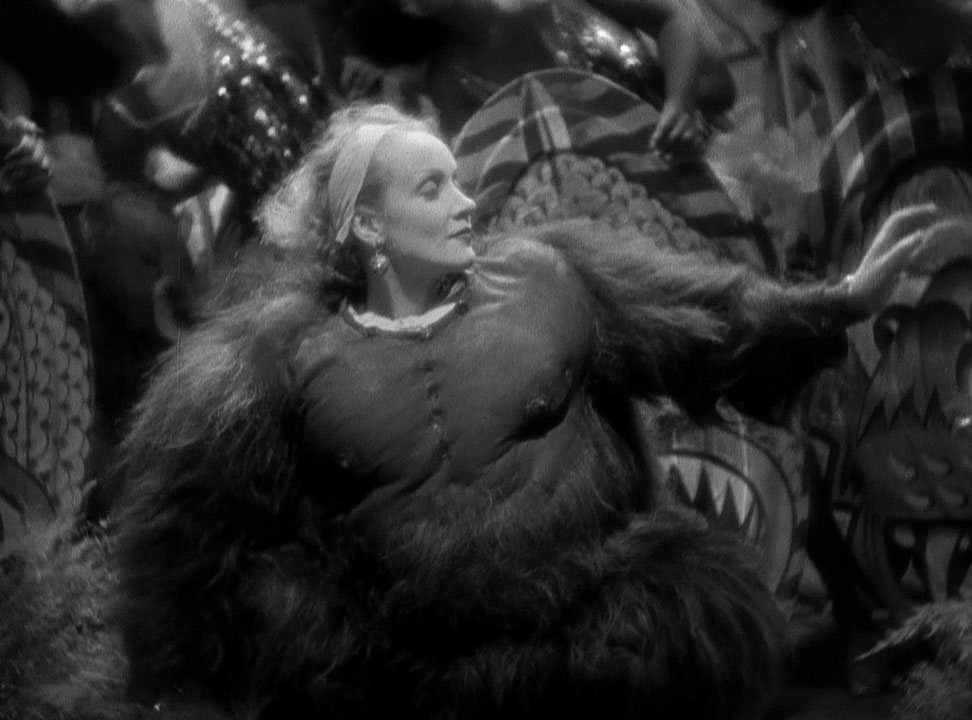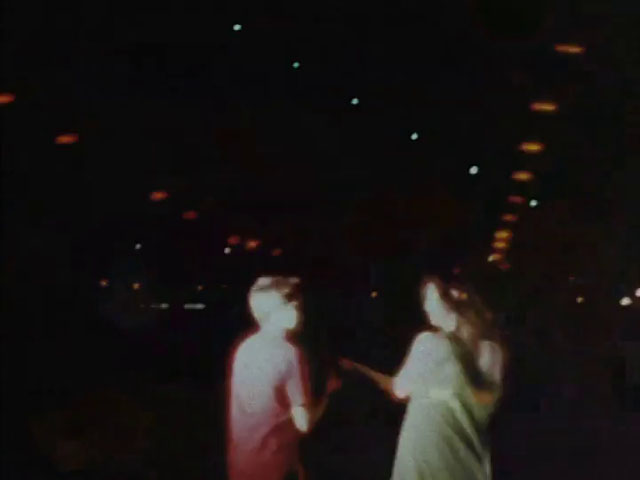“The change from a human being with dignity to a helpless worm takes but a second.”
Completely unexpected movie from Sternberg, his final film as writer/producer/director (and now narrator and credited cinematographer). Made in Kyoto with a Japanese cast and crew, speaking their own language. Instead of dubbing or subtitling their dialogue, Sternberg adds voiceover (returning to the flowery poetic style of his earliest film The Salvation Hunters) to explain and comment on the action, removing dialogue from the list of things that may distract viewers from his lighting and camerawork, which here seems less extreme and artificial than in some of the Dietrich pictures.
But he still loves to use shadow-patterns from nets and leaves:

P. Demonsablon in Cahiers: “He wrote the commentary and it is his own voice that speaks to us for an hour and a half over the images, not in order to clarify the dialogue, but to comment on the actions, thus introducing a shift between the spectacle and the reflection on it.”
Near the end of WWII, an army ship is bombed and the survivors wash up on the abandoned island of Anatahan, “halfway between Japan and New Guinea”. They set to figuring out survival tactics and soon meet the island’s two inhabitants: Keiko (the “queen bee” in the titles) and the man they think to be her husband, Kusakabe.
I liked Kusakabe best:

After military order breaks down, the ship’s captain mans their single machine gun alone, but after a U.S. warship passes by, announcing the war’s end and looking for island inhabitants to surrender, the men smell a trap and hire their captain back to lead them. He stays behind during the final rescue, “I will never go back to a defeated Japan.”

Years go by, WWII ends, and no enemy or rescue comes. It’s all based on a true story – the single woman on the island causing jealous murders, the survivors fighting over homemade coconut wine, the final rescue accomplished when the government contacted the survivors’ families and had them write letters to their men, insisting that the war had ended and they should surrender and come home.
balding Kuroda has no family, so Keiko wrote his letter:

“How could we know that we had brought the enemy with us in our own bodies, an enemy that would attack without notice?” There’s often an anthropological tone to the voiceover, but it’s never racially condescending, all about human behavior and the results of organized, military society being gradually replaced by instinct and greed.
Yananuma and Nishio, first to find the guns:

Kusakabe’s killer, Yoshiri:

A couple years into their stay on the island some men come across a crashed plane containing two guns and a pile of bullets. From then on, whoever held the guns held the power. Meanwhile Keiko, who was never actually married to Kusakabe, “goes into circulation.” A few men are killed over her, as power continues to change hands, until Kusakabe is dispatched by a guy with a sailor hat and neptune fork. Keiko has had enough, shoots the neptune fellow herself then throws the guns into the ocean. She eventually flags down a passing ship and escapes before the others.
Near the start, arms raised in celebration:

Near the end, arms raised in surrender:

Amazing ending – Keiko secretly watches at the airport as the men return, seeing them walk down the runway one by one, the living followed by the ghosts of the dead.

Producer Kazuo Takimura would follow up with the Samurai trilogy, and Keiko was Akemi Negishi, later of Kurosawa’s Lower Depths and Red Beard.
Sternberg:
My best film – and my most unsuccessful one… it is most probably an error to assume that human beings will pay admission to inspect their own mistakes rather than the mistakes of others.
…
Two interpreters were needed, one to translate into Japanese what I had said, and the other to translate back into English what the first translator was saying so that I could check whether my meaning had been correctly transmitted… To make certain that my ideas were being transferred correctly, I engaged an artist to draw pictures of each scene as we proceeded. I also made a graphic chart of the emotional involvements of each player, so that all of them could clearly see the kind of emotion required and the degree to which it was to be used.
…
Half of my crew had been trained as kamikazes, and the other half had been guerrilla fighters in the Philippines, though this had not prepared them for the ordeal of working with me.
